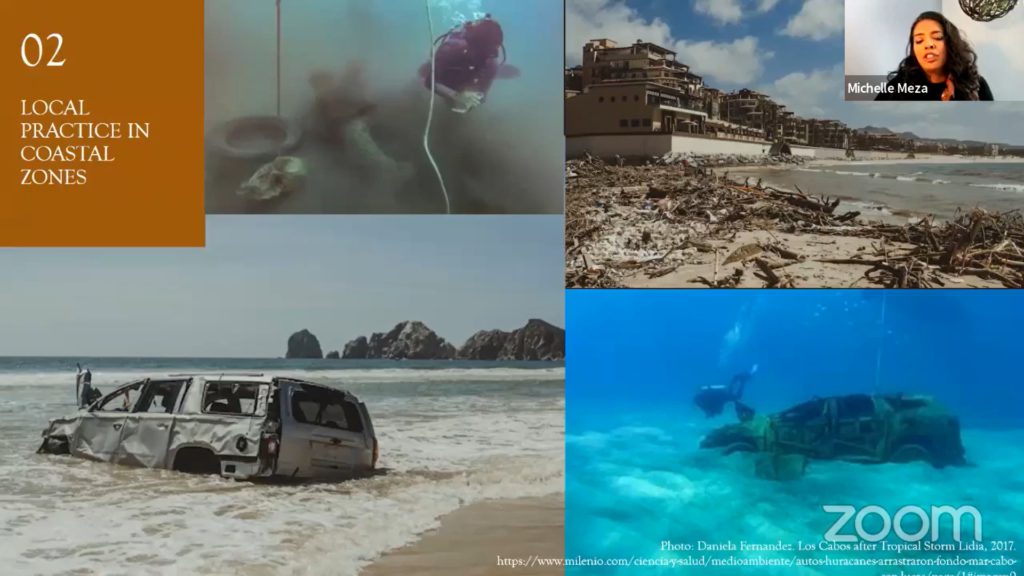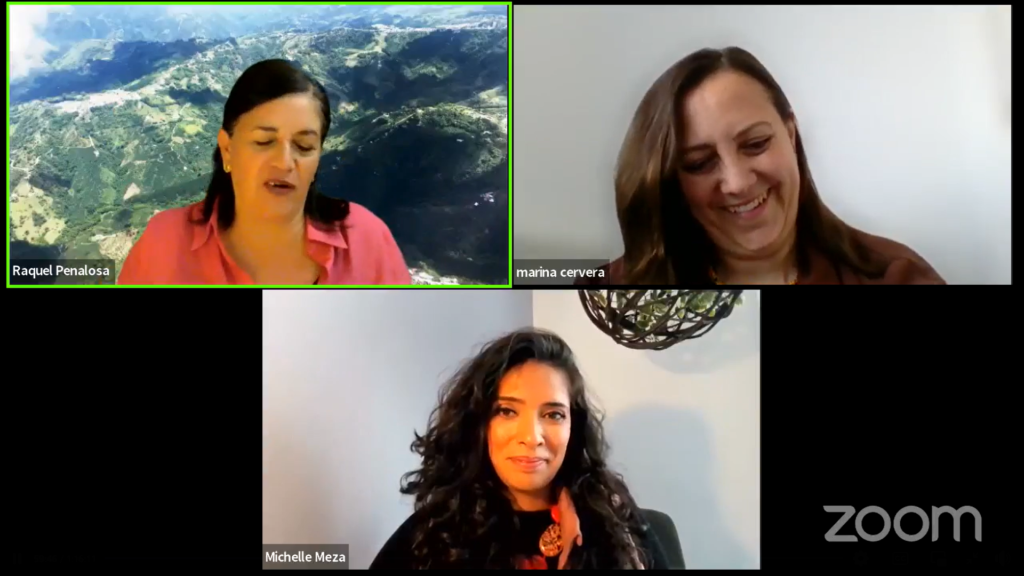Managing interlinkages and advancing SDGs in landscape architecture
16 JUNE 2022 – As the climate crisis escalates with floods and abnormal heat waves around the world, landscape architects are taking action to limit planetary warming to 1.5 degrees Celsius in line with the Paris Agreement. The profession of landscape architecture deals with complex, interactive systems—be it natural or manmade—and seeks holistic interventions to transform environments towards sustainability.
Such work by landscape architects worldwide is being broadcast by the International Federation of Landscape Architects (IFLA) through a series of weekly presentations titled Building Resilience: From Commitment to Climate Action hosted using Facebook Live, every Thursday from 16 June – 21 July 2022. These educational sessions are meant to unite the profession as well as reach out to related stakeholders. The themes are organised around six aspects of IFLA’S Climate Action Commitment.
The event was opened by Kotchakorn Voraakhom, Chairwoman of the Climate Change Working Group at IFLA World, followed by moderator Raquel Peñalosa, Representative of IFLA Americas who outlined the six commitment aspects. These are to advance the United Nations (UN) Sustainable Development Goals (SDGs), to attain global net zero carbon emissions by 2040, to enhance the capacity and resilience of liveable cities and communities, advocate for climate justice and social wellbeing, learning from cultural knowledge systems, and galvanizing climate leadership.
RELATED: The FuturArc Interview: Kotchakorn Voraakhom
The first session on 16 June was titled Exploring the SDGs from the Perspective and Action of Landscape Architecture. The UN SDGs are a framework that could help landscape architects to see the broad picture, including how the necessary work is not only about the physical realm but also requires administration, management and creating equity in society.
Marina Cervera Alonso de Medina, Landscape Architect and Professor at Universitat Politècnica de Catalunya (UPC-BarcelonaTech) spoke about the importance to align projects with existing organisations and working groups that have focused on SDGs. She also presented examples on landscape transformations or interventions that could fulfill different SDGs. For example, a project that tackled Goal 2: Zero Hunger as related to food security and food sovereignty was Belvedere Park in Cologne, a productive park that aims to preserve the town’s green belt by creating programmes such as a ‘science barn’, inviting the community and local farmers to take part in the agriculture.
Where do we start?
Reflecting on the context of her practice in Mexico, Michelle Meza Paredes, Landscape Architect and Professor at Universidad Nacional Autónoma de México (UNAM) underlined the importance of prioritising what is most urgent. “We still don’t have enough landscape architects in the world … [People] have been promoted solutions as if they were universal, without considering the different landscapes and communities where they must be constructed.”
Paredes classified the SDGs into three broad categories: those that will impact the biosphere, society and the economy. The non-negotiable level contained SDGs that are related to the biosphere, namely Goal 6: Clean Water and Sanitation; Goal 13: Climate Action; Goal 14: Life Below Water; and Goal 15: Life on Land. Without the achievement of these SDGs, other goals will suffer as well.
The scope of these goals are massive, and landscape architects cannot do it alone. Paredes recounted her experience in a capacity-building course workshop for a coastal zone, namely Los Cabos, a city in Mexico. In the workshop, landscape architects were given exercises to propose ideas to a jury of government employees. The city is considered ‘the aquarium of the world’, but it has been struck by climate change and non-sustainable construction practices. Among the solutions that were proposed are ‘urban acupuncture’ to implement Green infrastructure for water management.
To scale the solutions, it is important build the capacity to make alliances with strategic actors from the government, corporations and communities. “The implementation of SDGs are largely silent about interlinkages and interdependencies among the goals,” she said. “There must be greater attention on interlinkages across sectors, among societal actors and between low, medium and high-income countries.”
Read more Landscape Architecture stories:
Landscape Architecture Is Our First Line of Defence

Carbon-sequestering landscapes by Kotchakorn Voraakhom




